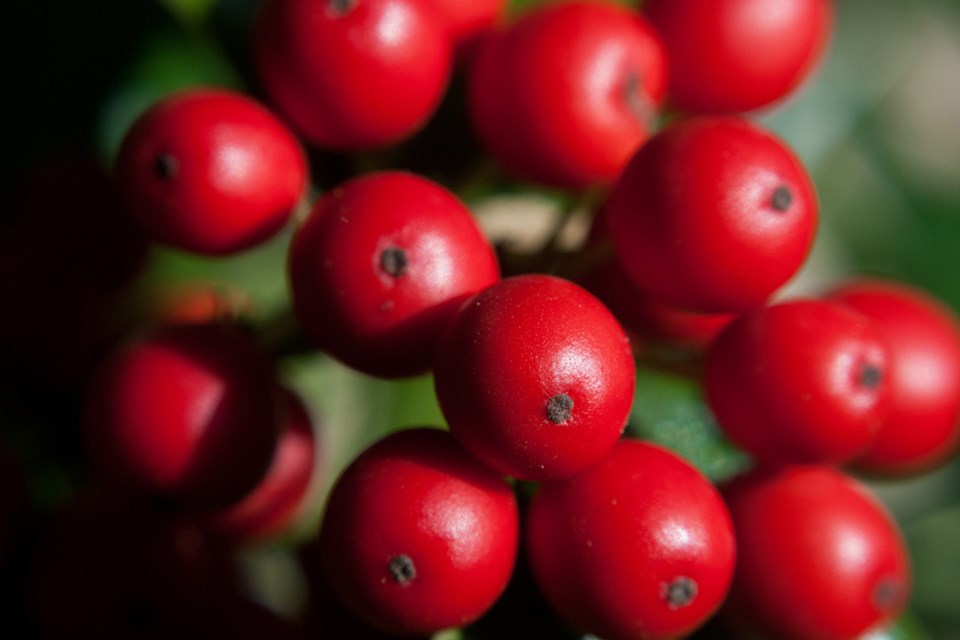Bringing Christmas plants into homes with adventurous babies, puppies or kittens is best done with a little knowledge, because some plants, even festive ones, have ferocious ways of resisting attack.
Those that belong on Santa's "nice" list because they're non-toxic include African violets, kalanchoes, gloxinias and absolutely any orchid. Christmas cactus are said to be so harmlessly edible that if you leave them outside in long, dry summers, squirrels can eat them down to their roots.
Poinsettias are gentle in reproaching invasions, though nibbling the leaves can cause nausea. Puppies are more inclined to tear and nibble leaves than babies of other species. But kittens and cats deprived of grass may also eat poinsettias (and throw up in secluded house corners). The leaves can cause dermatitis in people with sensitive skin.
Chrysanthemums are also good house guests, though they're said to be mildly toxic and a possible risk for dermatitis. But there are Asian chrysanthemum species where leaves are used for salads. Leaves of the kind I grew were gently pungent. Older shoots produced pretty yellow flowers.
Those gorgeous Christmas azaleas have very poisonous leaves, as do virtually all their relatives in the rhododendron family. Luckily the leathery texture of the leaves doesn't exactly invite experimenting.
This is true of the pines and firs of Christmas, too. Theoretically they may be toxic because they do contain a strong turpentine-like substance in their sap, but even the most rash youngster isn't likely to try what amounts to a mouthful of bristly spines.
Anthurium leaves are also great at defending themselves. They contain a fierce toxin which burns and irritates mouths enough to abort the first bite and discourage any second attempt.
Unfortunately holly, ivy and mistletoe - that triad of traditional decorations - are all very poisonous, though ivy is the least problematic because it's usually seen only in leaf form.
But holly berries look appetizing and do tend to drop off once the berried branches are brought in. This means that holly placed on a high shelf tends to drop berries on the floor. If eaten, by toddlers or pets, these berries cause vomiting and diarrhea which is hard to stop. One or two berries only cause nausea but large numbers can kill.
Puppies are at especial risk because holly berries contain large quantities of theobromine, the same substance that puts chocolate off-limits for dogs.
Mistletoe is not easy to find, but if you come across a real-life branch, its leaves and berries are as dangerous as holly. In ancient times, mistletoe was a sacred plant and (like many plants now known to be toxic) believed to have medicinal uses. Then, as now, the size of the dose was pivotal in whether the patient was cured - or not.
Also needing care and respect are the round, juicy-looking red berries adorning the Jerusalem cherry. This plant belongs to the same family as "deadly nightshade," and its effects cause vomiting diarrhea and heart problems.
Another needing vigilance is the Christmas pepper. Its tiny but spectacular fruits contain high levels of capsicum that can blister skin.
Anne Marrison is happy to answer garden questions. Send them to her via [email protected]. Please include the name of your city or region.



